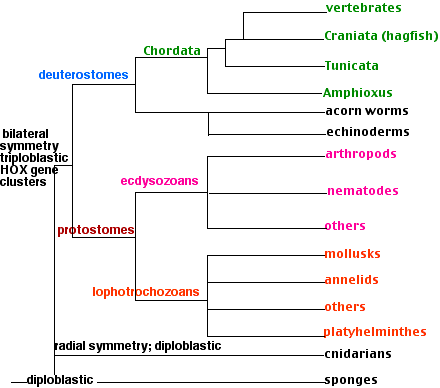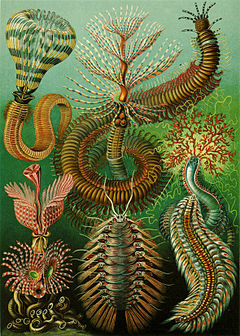Topic are fish invertebrate or vertebrate: Delve into the fascinating world of marine biology as we explore the intriguing question: "Are Fish Invertebrate or Vertebrate?" Discover the distinct characteristics that define these diverse aquatic creatures.
Table of Content
- Are fish considered invertebrates or vertebrates?
- Definition and Classification of Fish
- Understanding Vertebrates and Invertebrates
- Characteristics of Vertebrate Animals
- Diversity and Evolution of Fish
- YOUTUBE: Animal Classification: The Vertebrates Song
- Comparing Fish to Other Vertebrates
- Role of the Vertebral Column in Fish
- Unique Features of Fish Anatomy
- Common Misconceptions About Fish and Invertebrates
Are fish considered invertebrates or vertebrates?
Fish are considered vertebrates (with a backbone), and most fish have scales, fins, and gills.
Fish use their gills to breathe, but some types of fish have lungs as well.
Vertebrates are animals that have an internal skeleton made up of bones or cartilage, and fish have a well-developed vertebral column.
In contrast, invertebrates are animals that lack a backbone or vertebral column.
READ MORE:
Definition and Classification of Fish
Fish are a diverse group of vertebrate animals, found in both fresh and salt waters across the world. This group comprises about 34,000 species, making it a large and varied part of the animal kingdom. Fish are characterized by their ability to live in aquatic environments and are distinguished by key features such as gills, which they use for breathing. Unlike invertebrates, which lack a backbone, fish possess a vertebral column, classifying them firmly within the vertebrates. The classification of fish covers a broad range of species, from primitive jawless forms like lampreys and hagfishes to the more familiar bony fishes.
- Fish are part of the Phylum Chordata, indicating they have a notochord at some stage of their development.
- Most fish species are cold-blooded (ectothermic), which means their body temperature is regulated by the surrounding environment.
- One of the unique characteristics of fish is their scales, which provide protection and play a role in locomotion.
- The body form of fish is generally streamlined for efficient movement through water.
- Some fish species have developed unique adaptations like lungs or the ability to absorb oxygen through their skin, showcasing the diversity within this group.
Understanding the classification of fish within the broader animal kingdom is crucial for comprehending their role in the ecosystem and the evolutionary processes that have shaped their development.

Understanding Vertebrates and Invertebrates
The animal kingdom is broadly divided into two groups: vertebrates and invertebrates. This classification is based on the presence or absence of a vertebral column, commonly known as the spine or backbone.
Vertebrates are characterized by having a backbone, which is part of an internal skeleton that also includes a skull enclosing the brain. This group includes five major classes: mammals, birds, reptiles, amphibians, and fish. Each of these classes has unique features, such as mammals having fur or hair and producing milk, while birds have feathers and lay eggs. Reptiles are distinguished by their scaly skin and ability to lay eggs or give birth on land, and amphibians typically have a life cycle that includes both aquatic and terrestrial stages. Fish are primarily aquatic vertebrates with gills and fins.
In contrast, invertebrates lack a vertebral column. This group includes a vast array of animals, constituting about 97% of all known animal species. They exhibit a remarkable diversity in form and function, ranging from microscopic organisms to large species like the colossal squid. Invertebrates encompass various phyla such as arthropods (insects, spiders, crustaceans), mollusks (snails, octopuses, clams), annelids (earthworms, leeches), echinoderms (starfish, sea urchins), flatworms, cnidarians (jellyfish, corals), and sponges.
- Vertebrates are characterized by a well-developed internal skeleton, a highly organized body structure, and advanced nervous and circulatory systems.
- Invertebrates, while lacking a backbone, often have complex and varied body structures, including exoskeletons in arthropods and hydrostatic skeletons in jellyfish.
- The classification into vertebrates and invertebrates is a fundamental aspect of biological taxonomy and plays a crucial role in understanding the evolutionary history and diversity of life on Earth.
Understanding the differences between these two groups is essential for studying their respective roles in ecosystems and their evolutionary adaptations.
Characteristics of Vertebrate Animals
Vertebrate animals are distinguished by a backbone or spinal column, which is part of a more extensive internal skeleton. They encompass a wide range of species, classified into several key groups, each with distinct characteristics.
- Central Nervous System: Vertebrates have a well-developed central nervous system, partially enclosed by the backbone. This system includes a distinct head and a complex brain protected by a skull.
- Bilateral Symmetry: All vertebrate species exhibit bilateral body symmetry, meaning their body is symmetrical along one axis.
- Enclosed Circulatory System: Vertebrates possess an enclosed circulatory system with a heart, facilitating efficient blood flow throughout the body.
- Advanced Organ Systems: Their organ systems, including respiratory, digestive, and sensory systems, are highly specialized and complex, allowing for diverse adaptations and capabilities.
- Reproduction: Mostly, vertebrates reproduce sexually, showcasing a range of reproductive strategies across different groups.
Vertebrates are categorized into five primary groups:
- Fish: Includes both cartilaginous (like sharks) and bony fish (like tuna), characterized by gills, scales, fins, and usually an ectothermic (cold-blooded) nature.
- Amphibians: Such as frogs and salamanders, they are cold-blooded and undergo metamorphosis from an aquatic larval stage to a terrestrial adult stage.
- Reptiles: Including turtles and snakes, reptiles are cold-blooded, breathe air through lungs, and have dry, scaly skin.
- Birds: Warm-blooded creatures with feathers, wings, and beaks, birds lay hard-shelled eggs and have a unique respiratory system.
- Mammals: Warm-blooded animals with fur or hair, mammals give birth to live young and produce milk to feed them.
Each of these groups demonstrates the incredible diversity and adaptability of vertebrates, ranging from aquatic to terrestrial environments, and displaying various evolutionary adaptations.

Diversity and Evolution of Fish
The fish category in the animal kingdom represents a vast and diverse group of vertebrate animals. With an estimated 34,000 species, fish are found in both fresh and salt waters around the globe. Their evolution and diversity showcase a remarkable journey through time and adaptation.
- Evolutionary History: Fish have an evolutionary history that spans over hundreds of millions of years. They are one of the oldest groups of vertebrate animals, indicating their long-standing presence and adaptability in the Earth"s ecosystems.
- Classification: Fish are classified into various categories based on their anatomical and physiological features. This includes the jawless Agnatha (like lampreys and hagfish), the cartilaginous Chondrichthyes (like sharks and rays), and the diverse Osteichthyes, or bony fish.
- Adaptations: Fish exhibit a range of adaptations to their environments, including gills for breathing underwater, scales for protection, and fins for movement. Some fish, like sharks, have skeletons made of cartilage, while others, like the majority of fish species, have bony skeletons.
- Ecological Importance: Fish play a crucial role in aquatic ecosystems as both predators and prey. They are also vital for human societies as a source of food, recreation, and cultural significance.
The diversity of fish is evident in their varied body shapes, sizes, and habitats. From the smallest guppy to the largest whale shark, each species has evolved unique characteristics that enable them to thrive in their specific ecological niches.
Understanding the diversity and evolution of fish not only enlightens us about their biology and habitats but also underscores the importance of preserving these vital creatures for the health of our planet"s ecosystems.
Animal Classification: The Vertebrates Song
\"Discover the fascinating world of classification in this eye-opening video! Dive into the intricate process of organizing different species and unravel the mysteries of the animal kingdom. Prepare to be amazed!\"
Comparing Fish to Other Vertebrates
While all vertebrates share common features such as a backbone and a complex nervous system, fish differ significantly from other vertebrate classes in several ways:
- Body Structure: Fish typically have streamlined bodies for efficient movement in water. They possess scales and fins, which are not found in other vertebrates like mammals or birds.
- Respiratory System: Unlike other vertebrates that predominantly breathe air through lungs, fish extract oxygen from water using gills. This is a fundamental difference in how fish and other vertebrates like amphibians, reptiles, birds, and mammals respire.
- Temperature Regulation: Most fish species are ectothermic (cold-blooded), meaning their body temperature changes with their environment. In contrast, birds and mammals are endothermic (warm-blooded) and maintain a constant body temperature.
- Skeletal Structure: While bony fish have a skeleton made of bone, other classes such as the cartilaginous fish (like sharks and rays) have skeletons made of cartilage. This contrasts with the bony skeletons of other vertebrates like reptiles and mammals.
- Reproductive Methods: Fish exhibit a variety of reproductive strategies, including laying eggs and live birth. This diversity is broader than in other vertebrate groups, where methods of reproduction are more uniform within each group.
Understanding these differences helps to highlight the unique evolutionary adaptations of fish within the vertebrate phylum and their specialized roles in aquatic ecosystems.

What Is a Vertebrate? Learn about the animals of the Vertebrata subphylum
\"Embark on an exciting adventure through the diverse world of vertebrates in this captivating video! Get up close with incredible creatures, from mammals to reptiles, and unravel the secrets of their shared traits and characteristics. Don\'t miss this mesmerizing journey!\"
Role of the Vertebral Column in Fish
The vertebral column in fish plays several crucial roles in their anatomy and physiology, distinguishing them significantly from invertebrates. As a central part of their skeleton, it provides structural support and contributes to the fish"s overall mobility and flexibility.
- Support and Structure: The vertebral column in fish serves as the primary supporting structure for their body. It provides an anchor for muscle attachment, which is essential for swimming and maneuverability in water.
- Protection: It encases and protects the spinal cord, a critical component of the nervous system, ensuring the safe transmission of nerve signals throughout the body.
- Flexibility: The vertebral column"s structure allows for significant flexibility. This flexibility is vital for the undulating movements fish use to swim and navigate through water.
- Adaptation to Aquatic Life: The design of the vertebral column in fish reflects their adaptation to aquatic environments. It supports their streamlined body shape, which is crucial for efficient movement in water.
The vertebral column"s role in fish is a key evolutionary feature that has enabled them to thrive in diverse aquatic habitats, from shallow streams to the deep ocean. It is a fundamental aspect that highlights the distinct nature of fish within the vertebrate classification.
Unique Features of Fish Anatomy
Fish anatomy is specialized for aquatic living, and it differs significantly from other vertebrates. Their body structure and organ systems have evolved to maximize efficiency and survival in water.
- Body Segmentation: The fish body is divided into three primary parts: the head, trunk, and tail. Each segment houses various organs and structures tailored for specific functions.
- Head Structure: The fish head contains vital sensory organs like the brain, eyes, nostrils, mouth, and jaw. The lateral line system, a unique sensory organ, helps detect vibrations in water.
- Trunk and Muscle: The trunk region, mainly comprising skeletal muscle, is essential for locomotion. It also has scales for protection and an abdominal cavity housing organs for digestion and respiration.
- Fins and Movement: Fish are equipped with two sets of paired fins used for balance and propulsion. Some species also have additional appendages like barbels or pectoral fins near their gills.
- Respiratory Adaptations: Fish breathe through gills, which are highly efficient in extracting oxygen from water. Some species even possess lungs or can absorb oxygen through their skin.
- Reproductive Variations: Fish exhibit diverse reproductive systems, including both internal and external fertilization methods, and various strategies like spawning, live birth, and parental care.
The intricate design of fish anatomy, from their streamlined bodies to specialized sensory organs, demonstrates their remarkable adaptation to the aquatic environment. This sophisticated biological architecture underscores their role as a vital part of aquatic ecosystems globally.
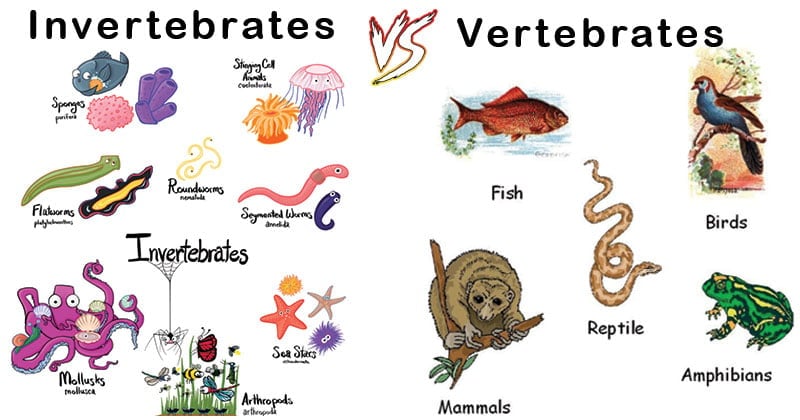
READ MORE:
Common Misconceptions About Fish and Invertebrates
Understanding the differences between fish (vertebrates) and invertebrates is crucial for appreciating the diversity of life in our ecosystems. However, several misconceptions often lead to confusion in distinguishing these two groups.
- Misconception: All Fish Are Similar: While fish are all vertebrates, they exhibit a vast range of diversity. From the jawless lampreys and hagfish to cartilaginous sharks and rays, and the numerous species of bony fishes, each group has unique features and adaptations.
- Misconception: Invertebrates Are Simple Organisms: Invertebrates, lacking a backbone, are often wrongly assumed to be less complex. In reality, they display a wide array of complex behaviors and physiological adaptations. For instance, cephalopods like octopuses show remarkable intelligence.
- Misconception: Vertebrates Are Superior to Invertebrates: While vertebrates have a well-defined internal skeleton and complex organ systems, invertebrates have developed equally fascinating adaptations. Many invertebrates have exoskeletons for protection and specialized respiratory systems like gills and trachea.
- Misconception: Fish Do Not Sleep: Fish do sleep, but not in the same way as terrestrial vertebrates. They enter a restful state but remain alert to danger, and unlike many vertebrates, most fish do not have eyelids.
- Misconception: Invertebrates Are Primarily Small and Weak: While many invertebrates are small, there are exceptions like the colossal squid, which possesses the largest eye in the animal kingdom. Their size and strength can be surprisingly formidable.
These misconceptions highlight the need for a deeper understanding of the biological diversity and complexity of both fish and invertebrates in our natural world.
In this exploration of whether fish are vertebrate or invertebrate, we"ve uncovered the fascinating complexity and diversity of aquatic life. Understanding these distinctions not only enriches our knowledge but also deepens our appreciation for the intricate tapestry of life beneath the waves.



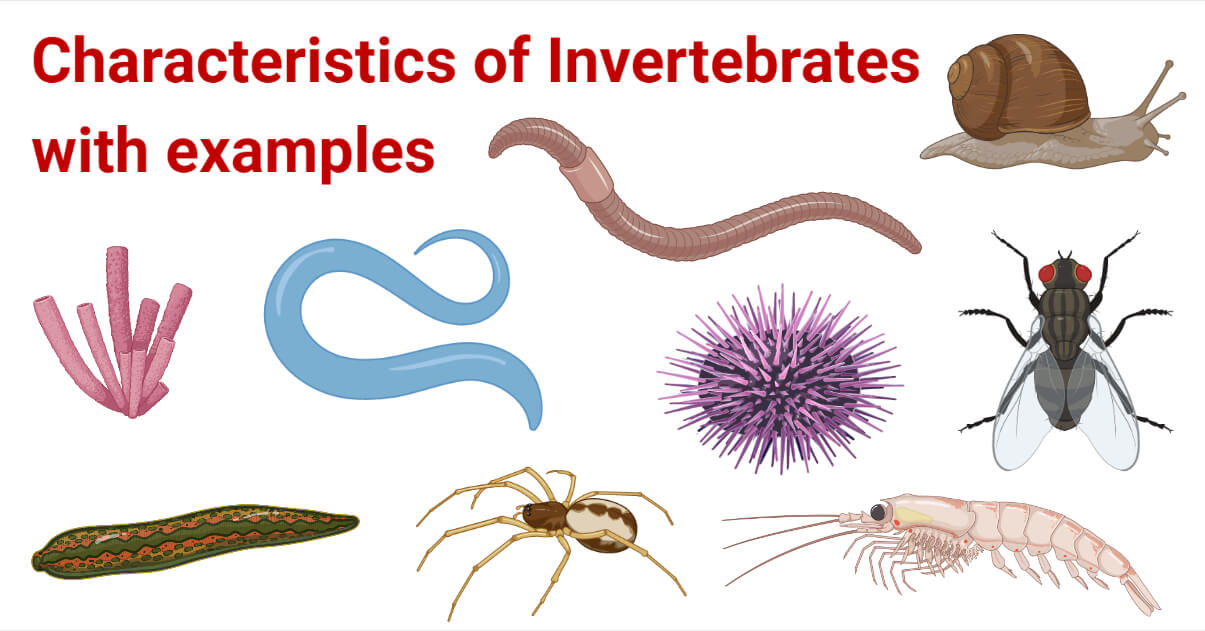
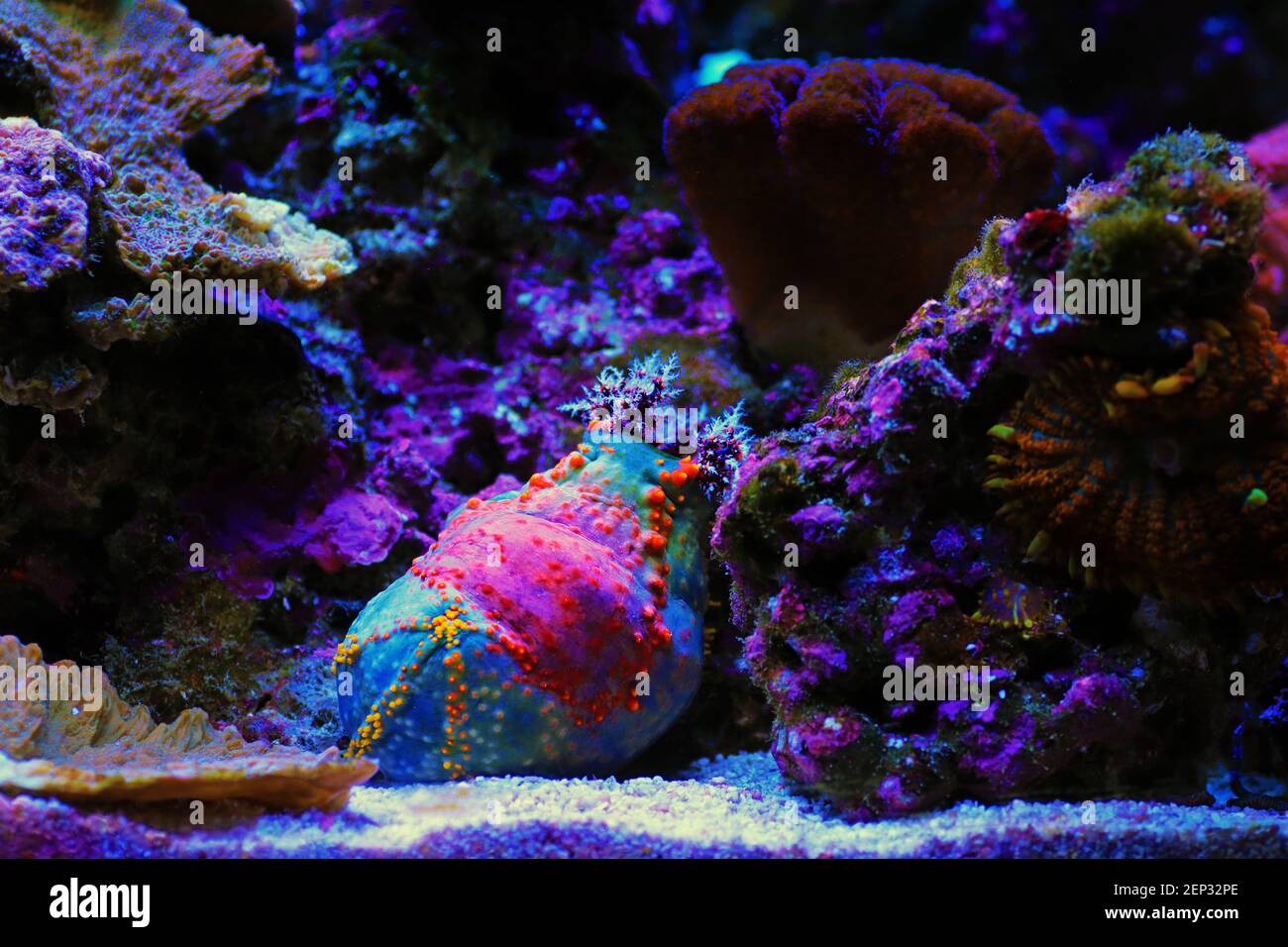
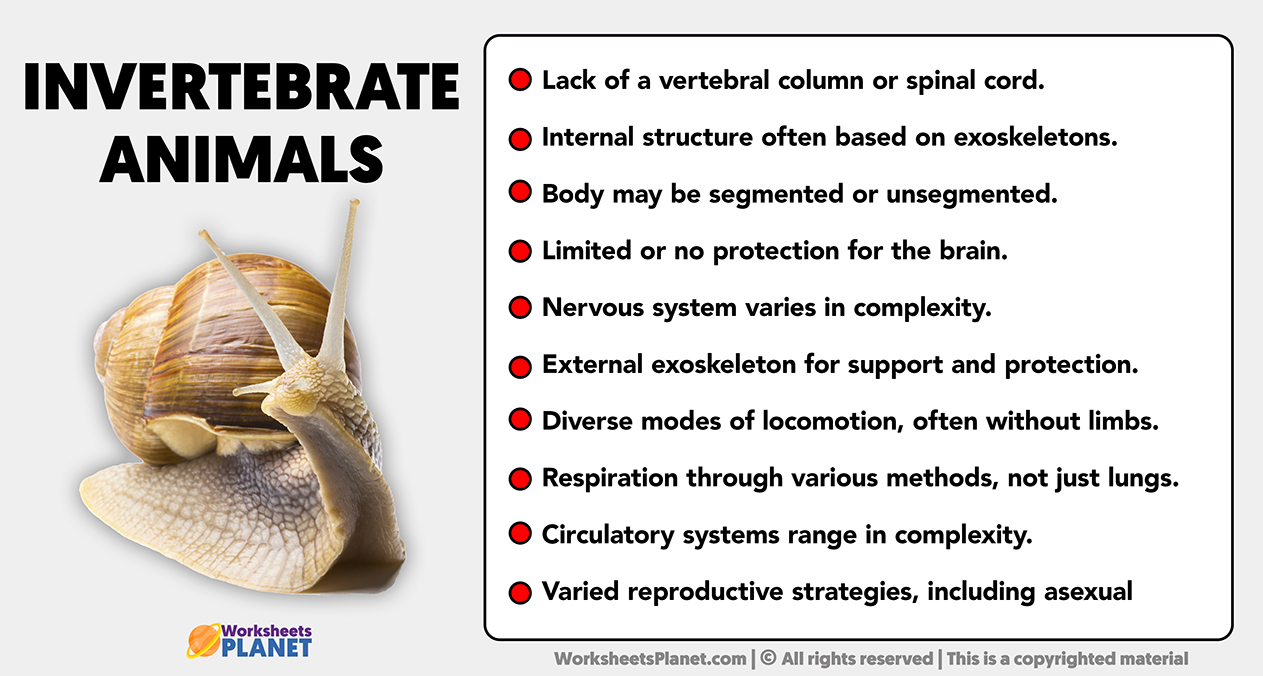
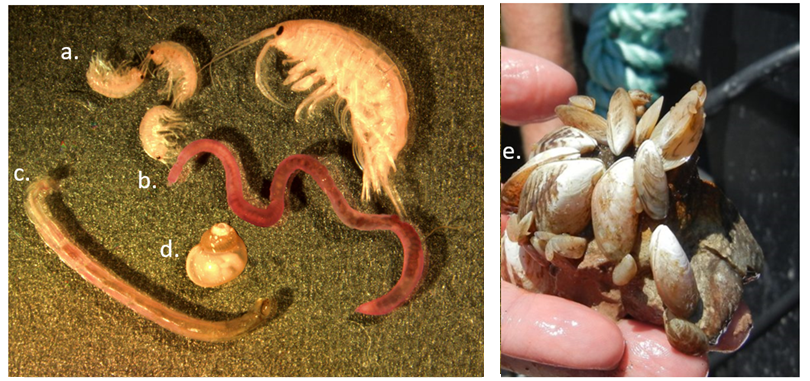


:max_bytes(150000):strip_icc()/tunicates-5c86a0cdc9e77c00010c2253.jpg)


